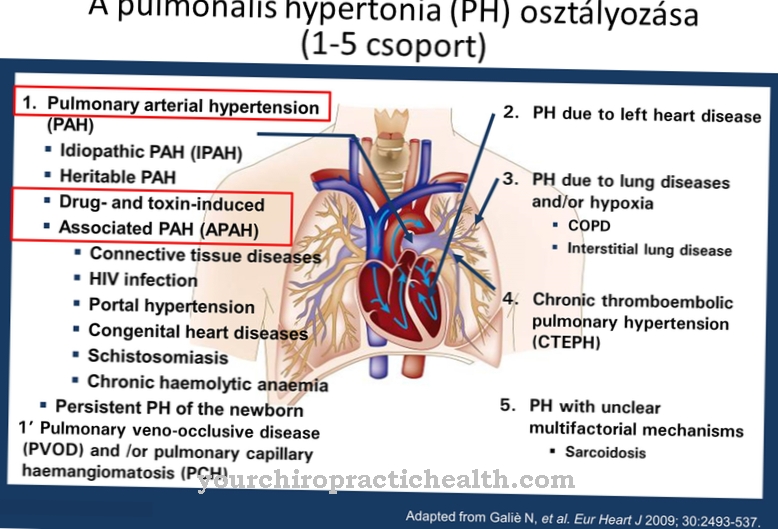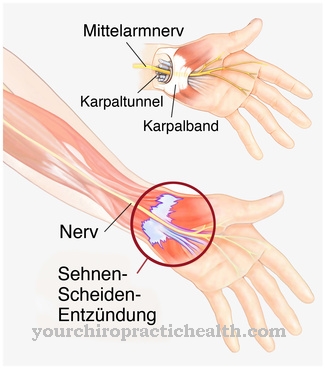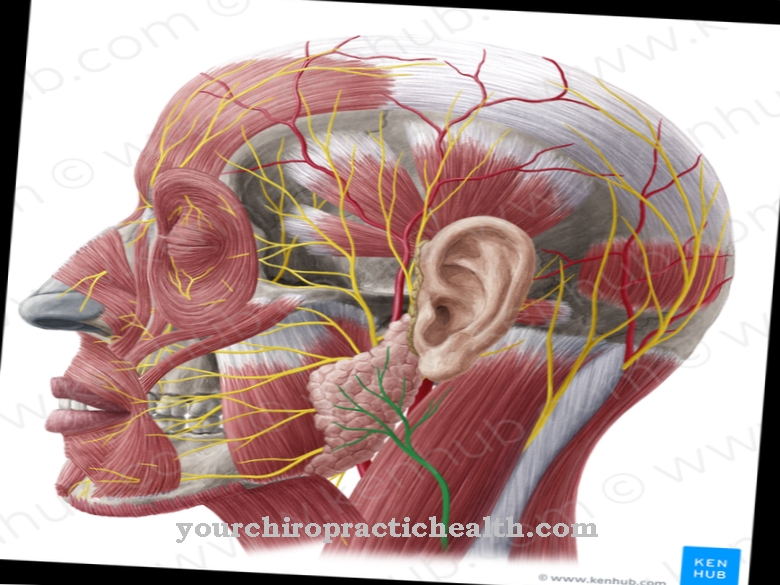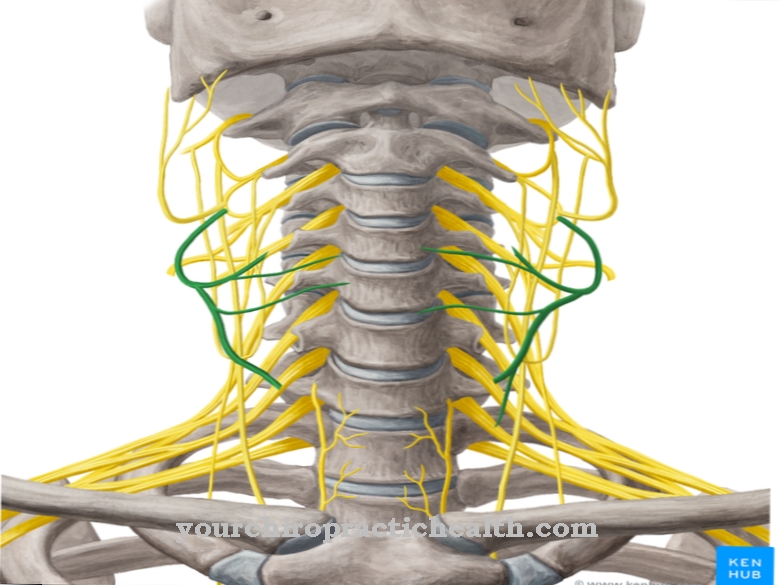The liver is a very large organ that has a very central function in the organism. For this reason, the liver is extremely well supplied with blood and can be extremely damaged by various influences.
What is the liver?

The liver belongs to the organs that represent a gland. Since the soft liver has to fulfill very extensive tasks, it is an extremely complex organ, the structure of which is quite complicated.
The liver is located in the right upper abdomen and can severely restrict general well-being if the function is impaired. If the liver loses its functionality completely, this can be associated with death.
In an adult, the liver has a weight of 1,500 to 1,800 grams in a normal, healthy condition. Due to special diseases, the liver can massively enlarge or, in contrast, shrink and harden. Another name for the liver is Hepar.
Anatomy & structure
When considering the structure of the liver four components can be seen initially. In the liver, these parts are called the lobi or liver lobes and are further divided into liver segments.
The individual areas of the liver are called Lobus hepatis dexter, Lobus hepatis sinister and according to their shape the Lobus caudatus and the Lobus quadratus. All lobes of the liver are connected to one another through a widely branched system of blood vessels. In addition, the liver is anatomically divided into different surface structures, within which there are a total of three.
The liver itself is supplied by the blood vessels, which are also essential for the fulfillment of the liver's tasks. In the liver, these are the hepatic artery as the supplying one and the portal vein. The liver's spongy tissue is made up of liver cells.
Functions & tasks
Metabolic activity takes place through the supply of blood via the stomach, pancreas, intestine and spleen, which takes place in particular in the liver cells, the heparocytes.
In this context, there is the task of liver in filtering off all substances harmful to the organism and passing them on to excretion. For this reason, the liver is also known as the most important detoxification organ. The liver also takes on an important function as an organ that can store a wide variety of substances and release them again when required.
Other tasks of the liver include the production of bile, the conversion of food protein into the body's own protein (for the structure of the body's cells), the storage and release of high-energy carbohydrates and fats and the neutralization of toxic substances in the body. The liver provides energy that is needed for the entire physiology of the body.
In addition, the liver is involved in the breakdown of erythrocytes and can filter organ damaging substances such as alcohol, exogenous substances in medication or food. The liver also plays a major role in the integrity of the body's immune system.
Diseases
The liver is a large organ that can cope with high loads. However, this gland can also become ill. Typical diseases that affect the liver and have more or less severe adverse effects on health can be caused by internal or external factors.
Liver cirrhosis is one of the diseases of the liver characterized by a very unfavorable course. Cirrhosis of the liver leads to the death of liver cells and thus the entire liver tissue. In addition, fatty liver, a type of hepatitis known as jaundice, and liver cancer are very serious diseases of the liver.
Various external influences, including bacteria or viruses as well as a permanent uptake of toxins, can also cause a reduction in the functionality of the liver or even a loss of function. Hepatitis is inflammation of the liver. Jaundice occurs when the bile becomes blocked by blocking the biliary tract.
Tumors can also form in the liver due to abnormal cell growth. These grow particularly quickly in the liver because the tissue of the liver is extremely well supplied with blood. For this reason, the cells split off by the tumors migrate very quickly into the bloodstream and metastases develop.
Typical & common diseases
- Liver failure
- Cholestasis
- Liver cyst













.jpg)

.jpg)
.jpg)











.jpg)